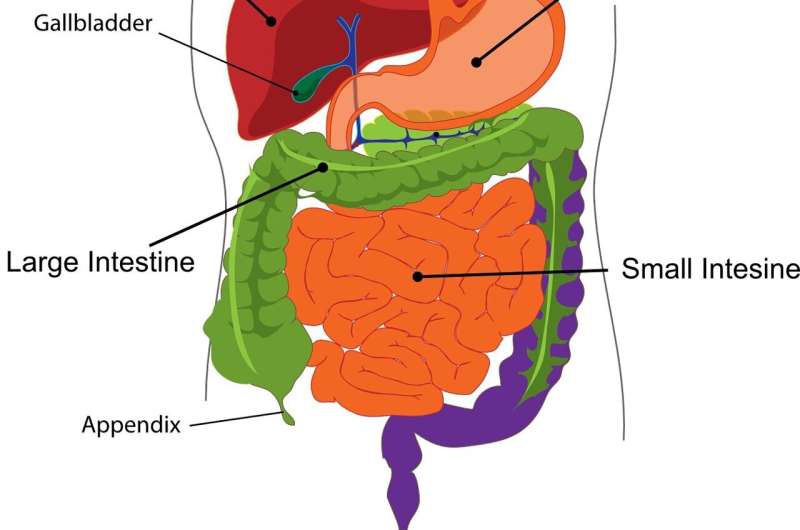New Study Reveals Brain's Body Map Remains Unchanged After Limb Amputation

New research uncovers that the brain's map of the body remains stable long after limb amputation, challenging previous beliefs about neural reorganization and opening new avenues for treatment and prosthetic control.
Recent research conducted by scientists from the UK and US has challenged longstanding beliefs about the brain's adaptation following limb loss. Traditionally, it was thought that after an amputation, the brain's map of the body would reorganize itself, with neighboring regions taking over the area previously dedicated to the missing limb. However, a groundbreaking study published in Nature Neuroscience shows that this is not the case. The brain retains a highly stable representation of the body parts, even long after amputation.
The study focused on the somatosensory cortex, the brain area responsible for processing sensory information from different parts of the body. Prior research suggested that after limb removal, the brain's map would undergo significant reorganization. Yet, in this investigation, scientists examined individuals before and after amputation and found that the brain's body map remained remarkably unchanged. The participants' brain activity patterns for their missing limb — such as the hand — persisted in the same neural regions even years post-amputation.
Using functional magnetic resonance imaging (fMRI), the researchers tracked the brain activity of three individuals scheduled for hand amputation. Before surgery, participants moved their fingers and lips while brain scans mapped the body areas. Months and years after amputation, similar scans revealed that the brain's representation of the hand and face remained consistent. Surprisingly, the regions associated with the missing limb did not get overtaken by neighboring body parts as previously thought. Instead, the brain's body map appeared highly stable over time.
These findings have significant implications for treating phantom limb pain, a condition where amputees feel sensations, including pain, in the missing limb. Prior approaches aimed to modify the brain's map to alleviate symptoms but with limited success. Understanding that the brain's map remains unchanged suggests that therapies should perhaps target nerve activity or residual neural signals rather than attempting to reconstruct the brain's body map.
Furthermore, this research baves the way for advanced neural-controlled prosthetics. Since the brain's representation of the missing limb persists, brain-computer interface technologies might be more effective than previously believed, enabling more natural control of artificial limbs or restoring sensation.
Overall, the study emphasizes that the brain maintains a stable mental image of the body, even after limb loss, which offers hope for new treatment strategies and the development of more seamless neural prosthetics.
Stay Updated with Mia's Feed
Get the latest health & wellness insights delivered straight to your inbox.
Related Articles
COVID Vaccine Access Restrictions Expand as CVS and Walgreens Adjust Offerings
CVS and Walgreens are adjusting their COVID-19 vaccination services across states due to new regulations and CDC updates, affecting vaccine availability for different age groups and regions.
Bindi Irwin Undergoes Emergency Appendectomy: Understanding Appendicitis
Bindi Irwin recently underwent emergency appendectomy due to a ruptured appendix. Learn about appendicitis, its symptoms, and treatment options to understand this common condition better.
Innovative mRNA Vaccine Mimics Viruses to Boost Immunity
A groundbreaking study reveals how engineering mRNA vaccines to mimic viruses using virus-like particles can significantly enhance and prolong immune responses, promising a new era in vaccine development.
Breakthrough Monoclonal Antibody Offers New Hope in Sepsis Treatment
A novel monoclonal antibody developed by scientists at UVA and Michigan shows promise in preventing sepsis by stopping cytokine storms, with potential for broader inflammatory disease treatment.



